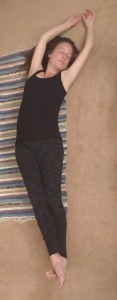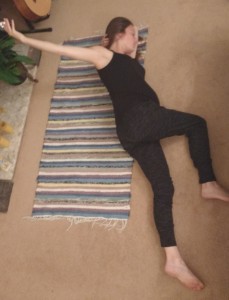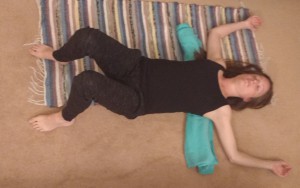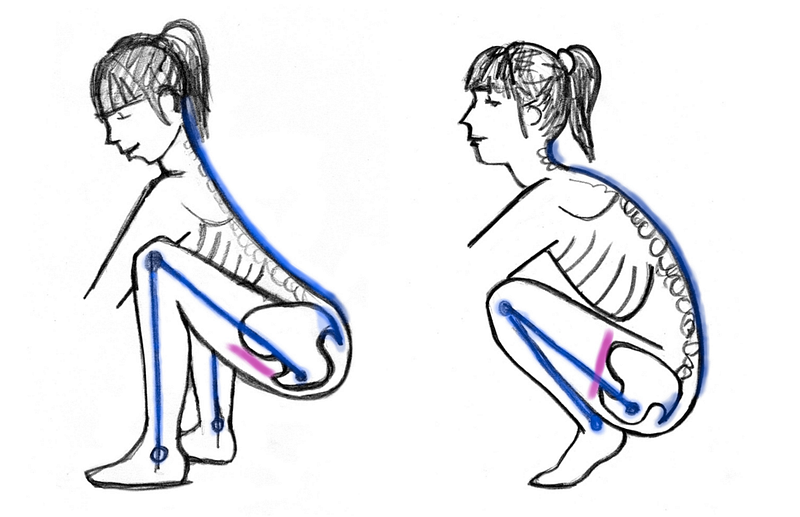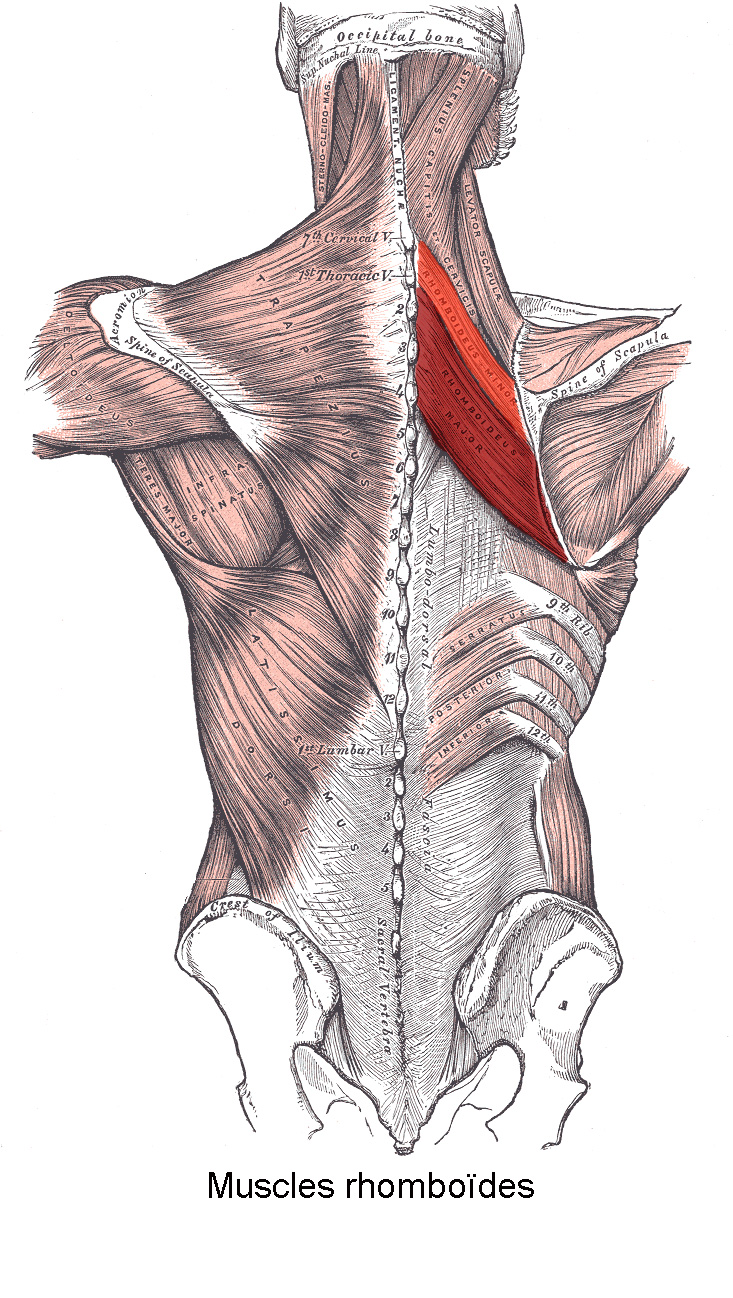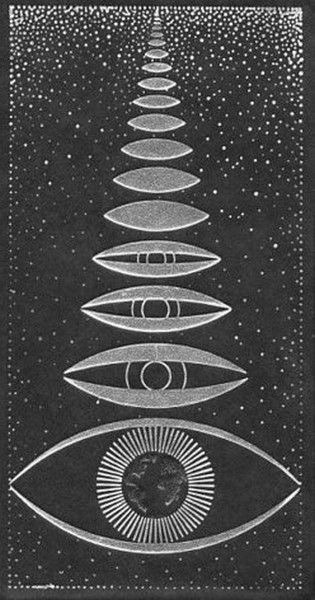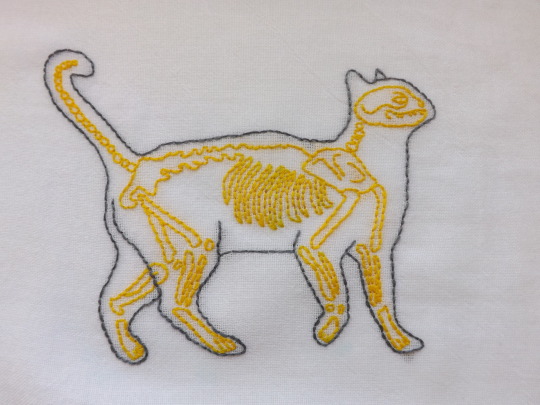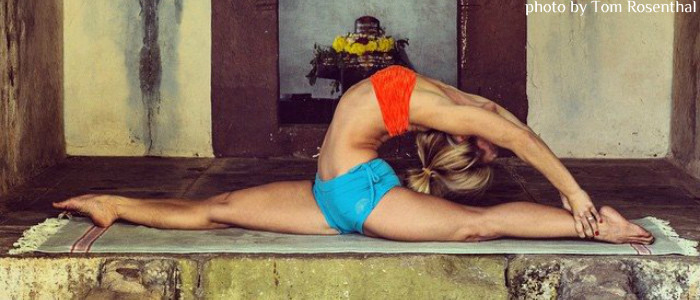‘The best way to breathe is the way that supports the activity that you are doing.’ Donna Farhi, The Breathing Book.
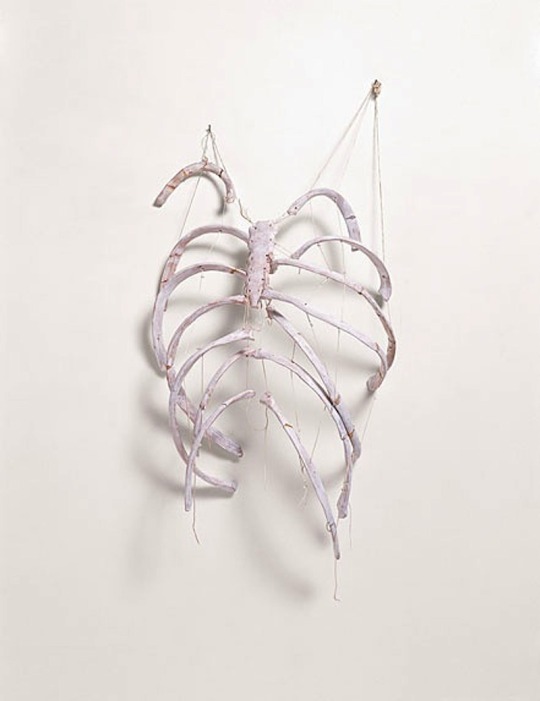 Kiki Smith – Ribs, 1987, terracotta, ink, and thread
Kiki Smith – Ribs, 1987, terracotta, ink, and thread
It’s been all about the rib cage and breath in class this week. Specifically focusing on how we are breathing with the thoracic cavity and aiming to create space and awareness in this area for a better quality breath. Here’s biomechanist Katy Bowman explaining the mechanics of breathing and how the way you breathe affects the different pressure systems in the body:
Here are some movements you might want to try at home to help create space and release tension in this area:
Walk hands and feet over to one side making sure pelvis and ribs don’t roll with you (they stay level). You can cross one ankle over the other and take your wrist to make the stretch stronger.
Lay on your back and bend your right knee up roll it to the left until the knee and foot are on the floor. Keeping the leg in place, reach your right arm up to the ceiling. Slightly bend your elbow and then slowly lower the arm behind you. Imagine your arm is drawing away from you as you lower. You can move the arm up towards your ear or down towards your hip to find the best stretch for you.
Place a rolled blanket or yoga mat under the upper back. The blanket should come out under the armpits and shoulders release to floor. Add a blanket under the head and neck if needed.
Some more tips for better breathing:
Here’s a great video from Jenni Rawlings which aims to optimise rib cage breathing.
Consider your wardrobe- make sure your clothing isn’t restricting how you breathe- think tight waist bands, belts, ties, in fact any clothing that restricts your movement full stop is bad news for the breath.
Consider your belly- are you holding your belly in right now? Contrary to what is often thought, constantly holding your belly in will actually cause the muscles to weaken rather than strengthen, and like any muscle that is never allowed to relax, will eventually cause a reduction in function. Not only this, but constantly holding in your belly increases tension in the body and restricts your breath as the abdominal muscles are unable to move freely (among other unpleasant side-effects):
‘Most people have replaced deep, abdominal activity with “sucking their stomach in.” The belief held by most is that “sucking it in” constantly uses one’s abdominal muscles, but really, the sucking-in motion creates a pressure (like creating a vacuum) that pulls the abdomen’s contents up (not in). It doesn’t do anything for core strength (except weaken it over time) or back health (increases the loads placed on the intervertebral disks).’ Katy Bowman
Happy breathing!
